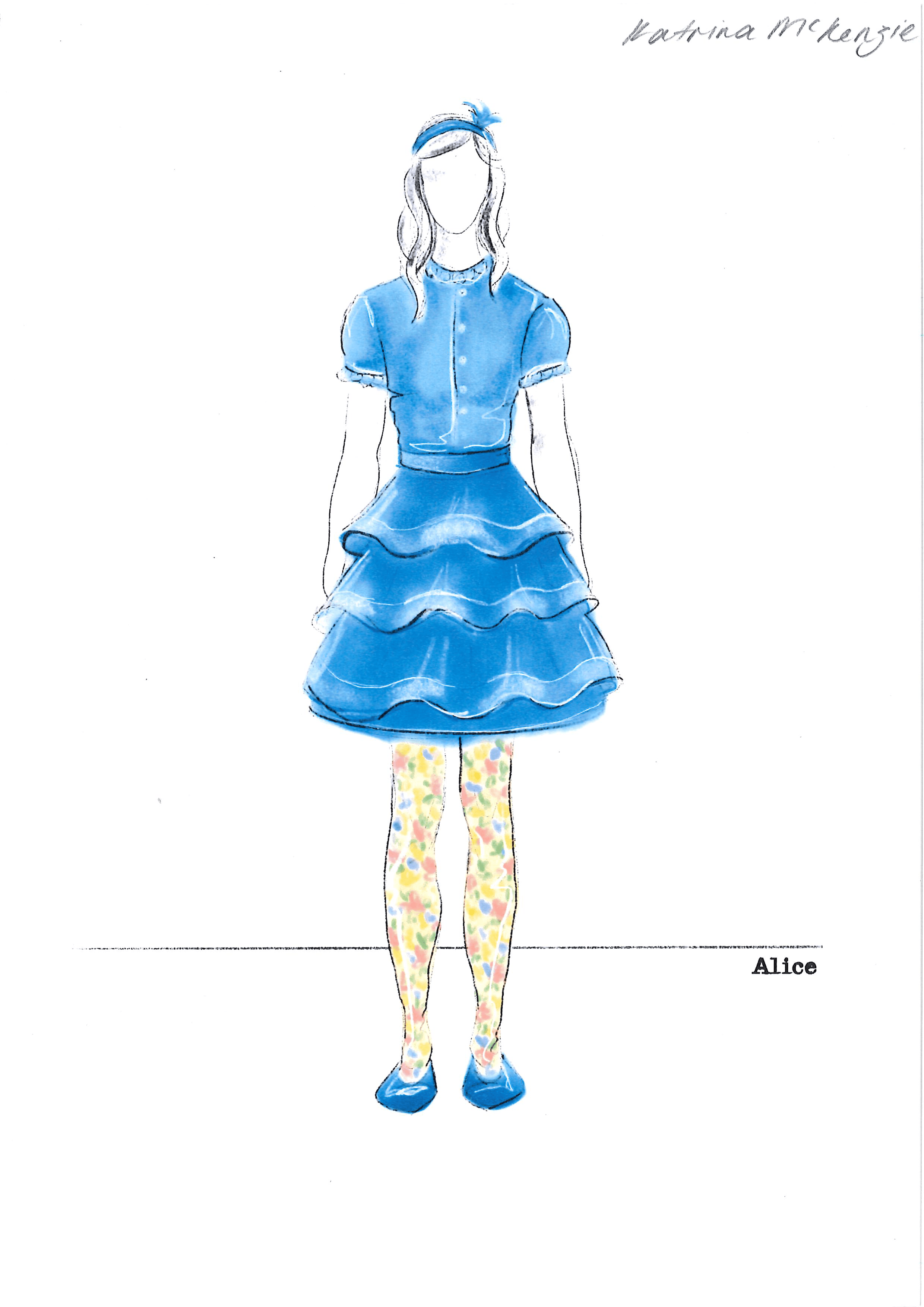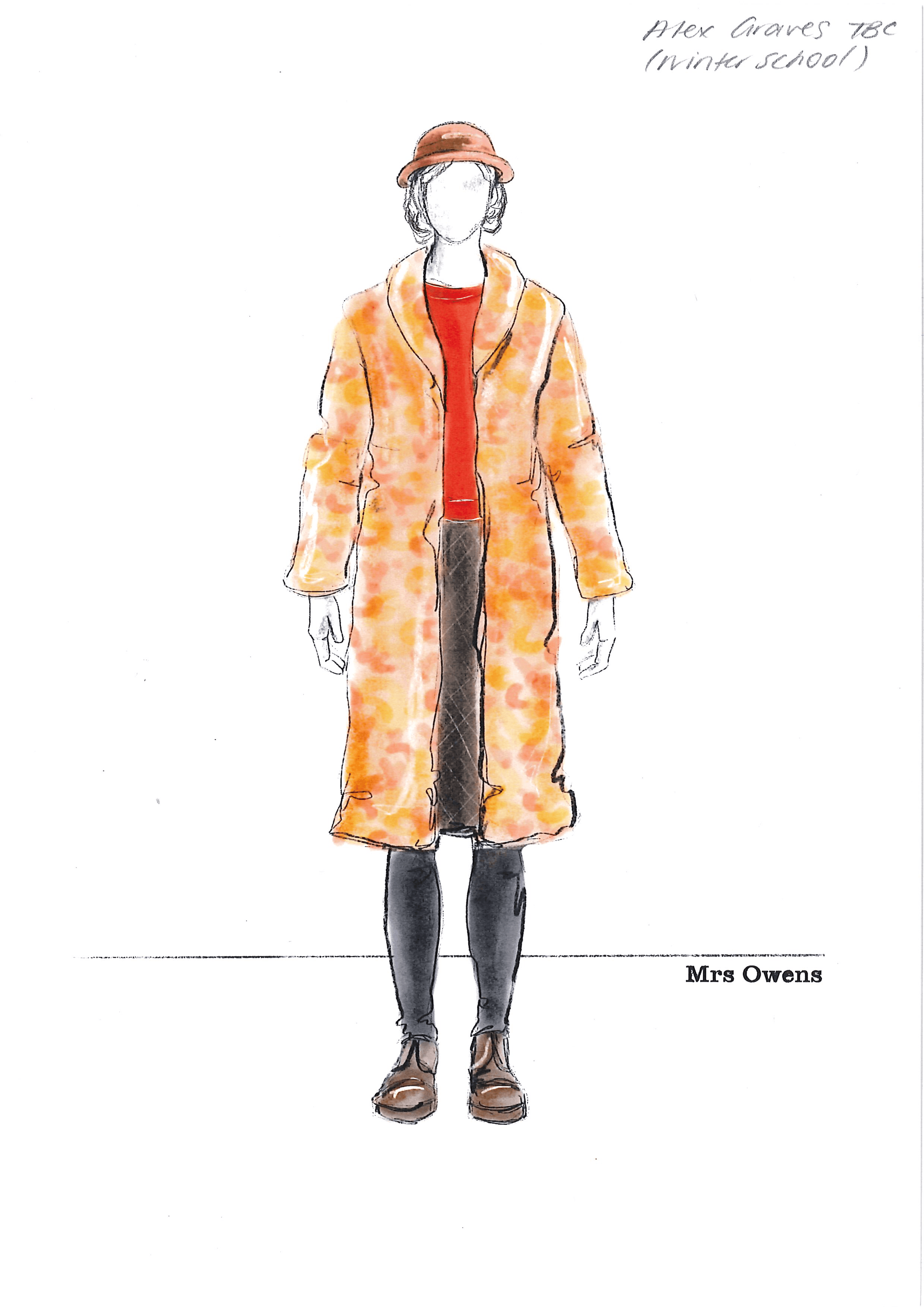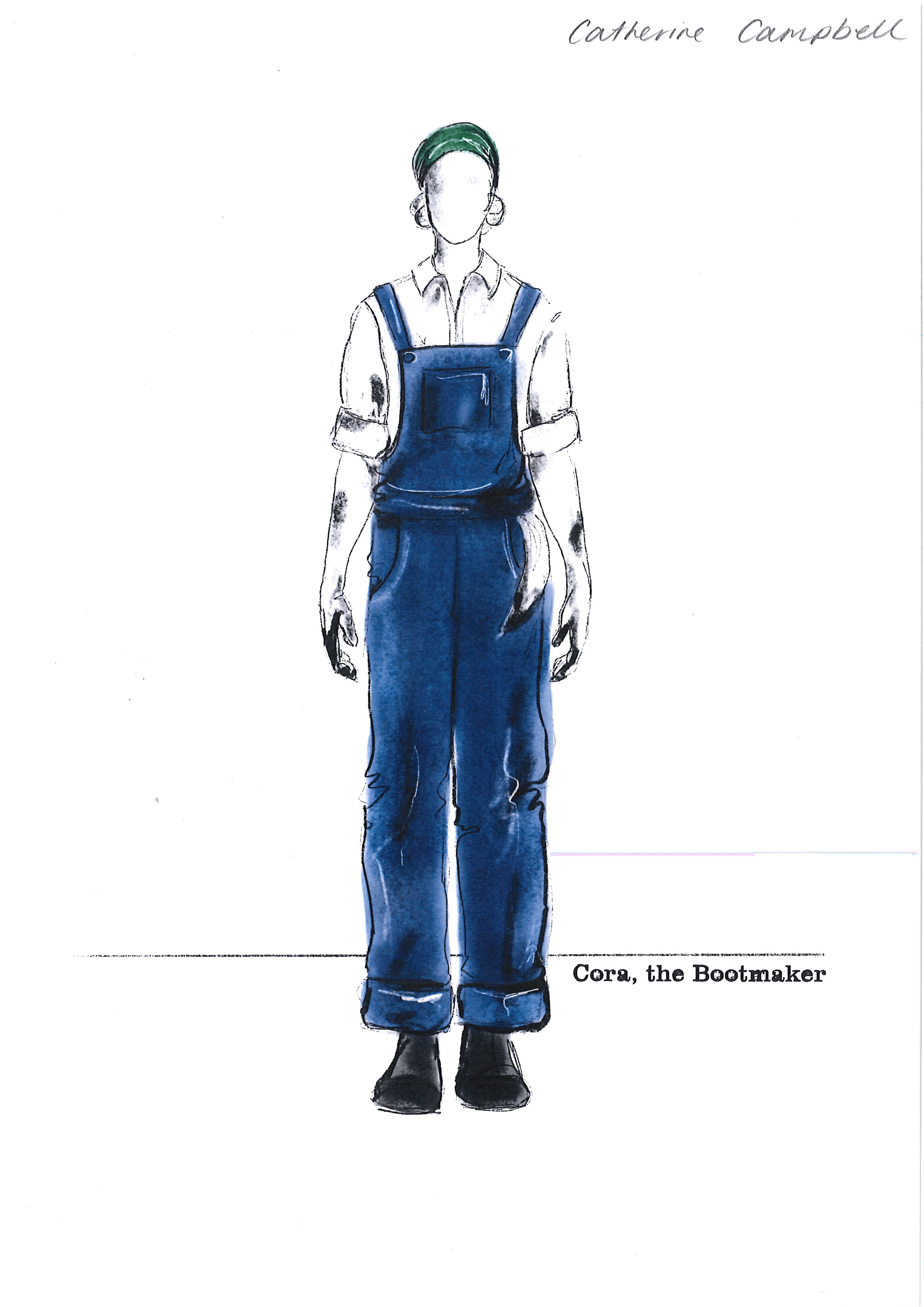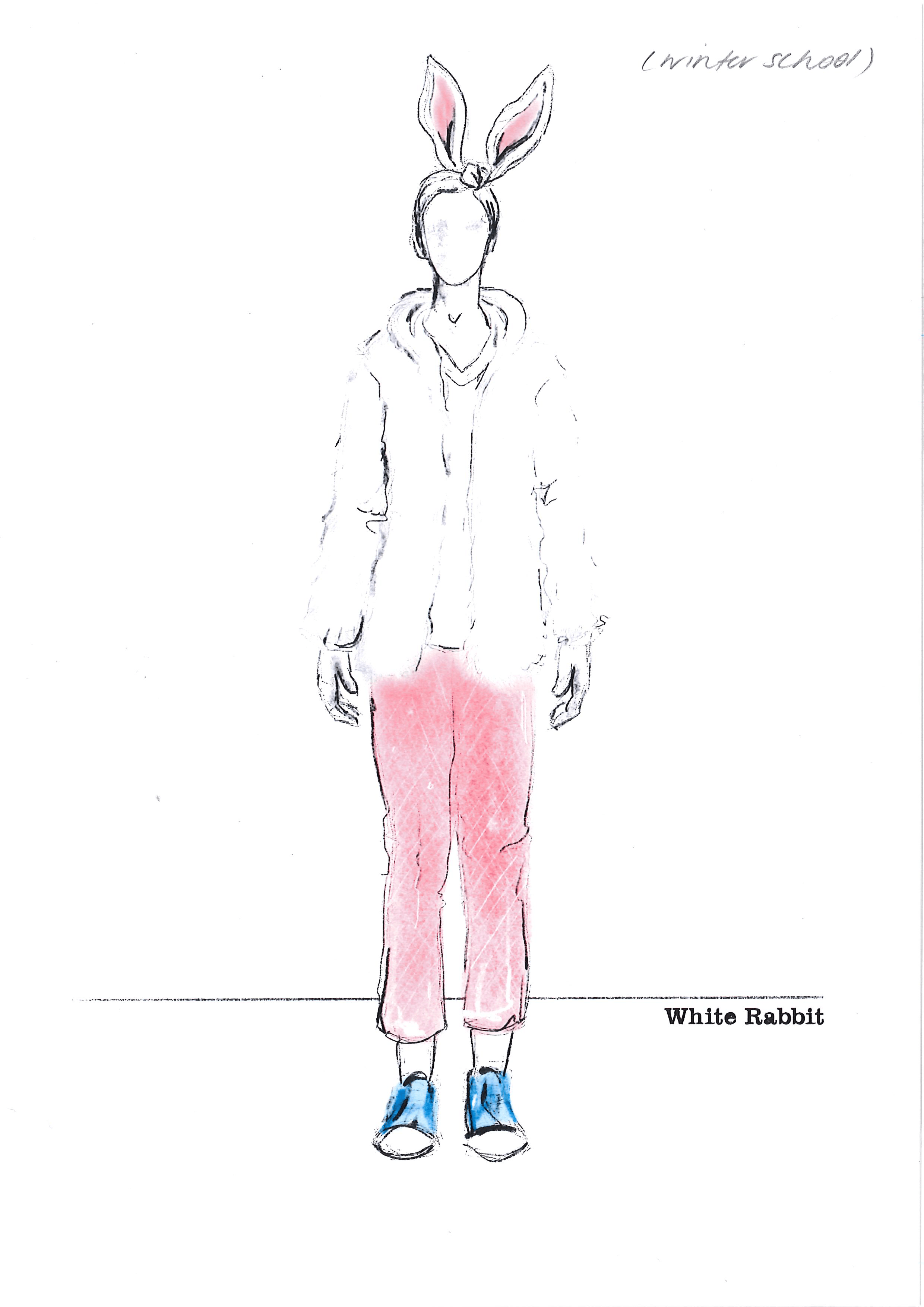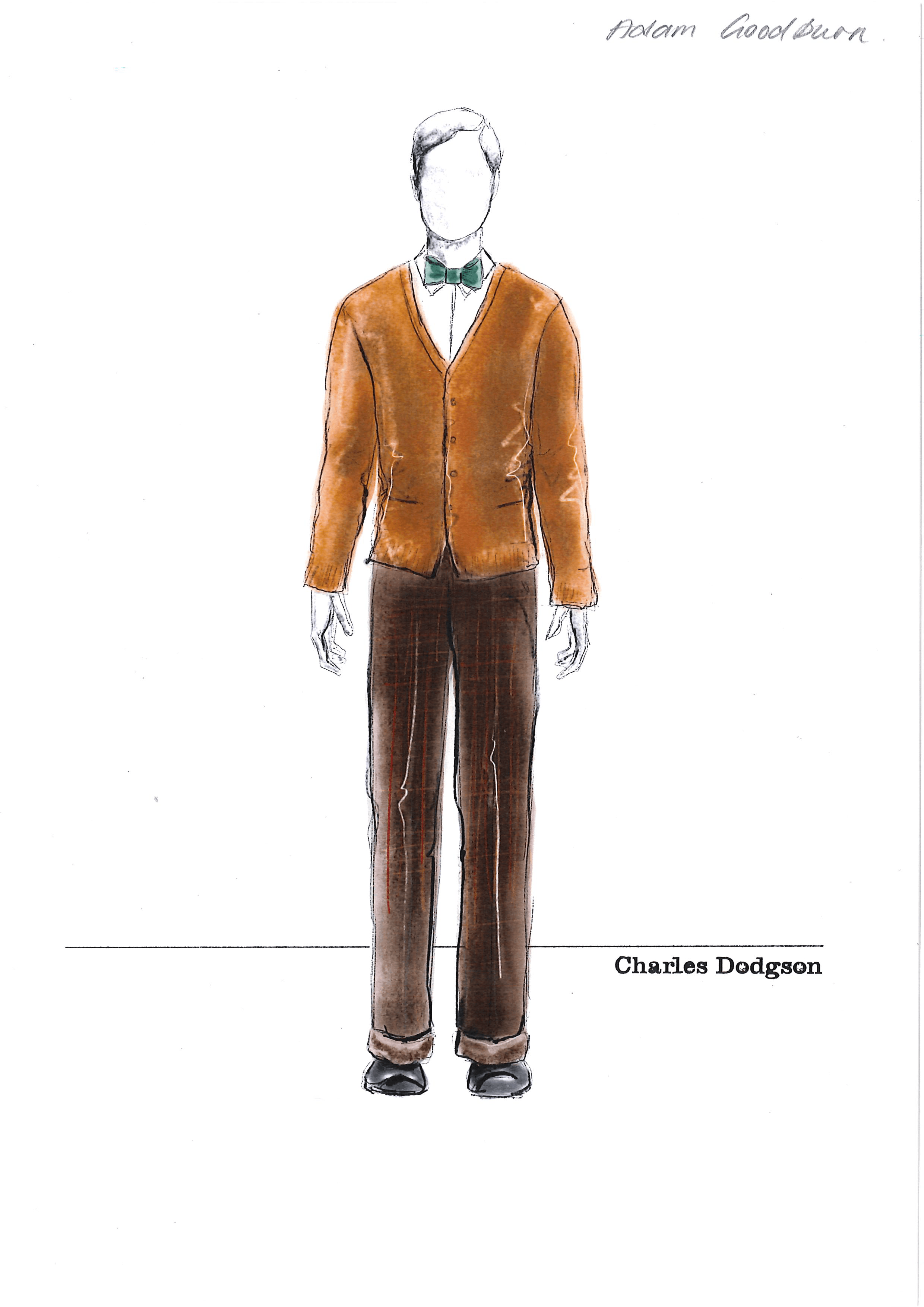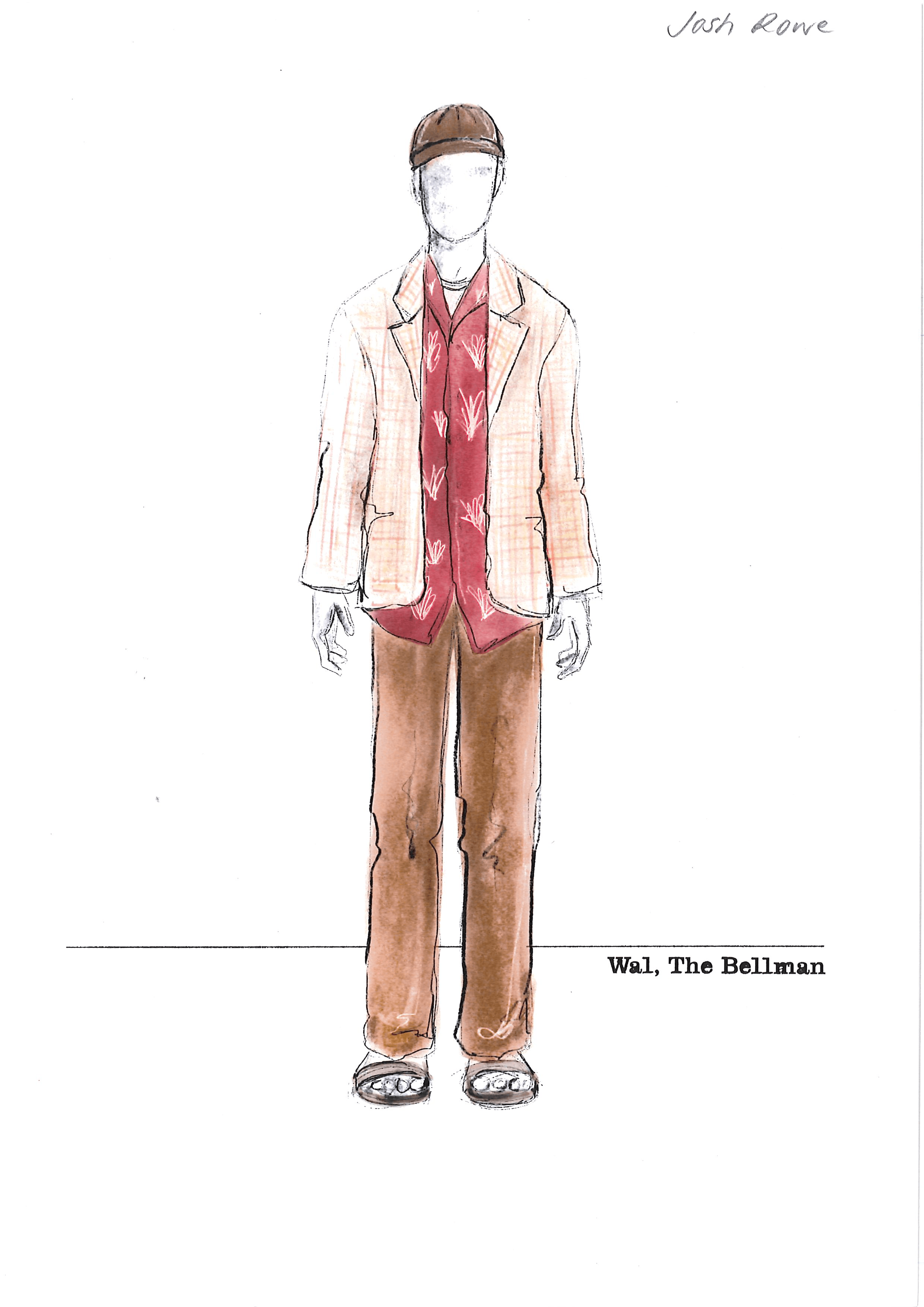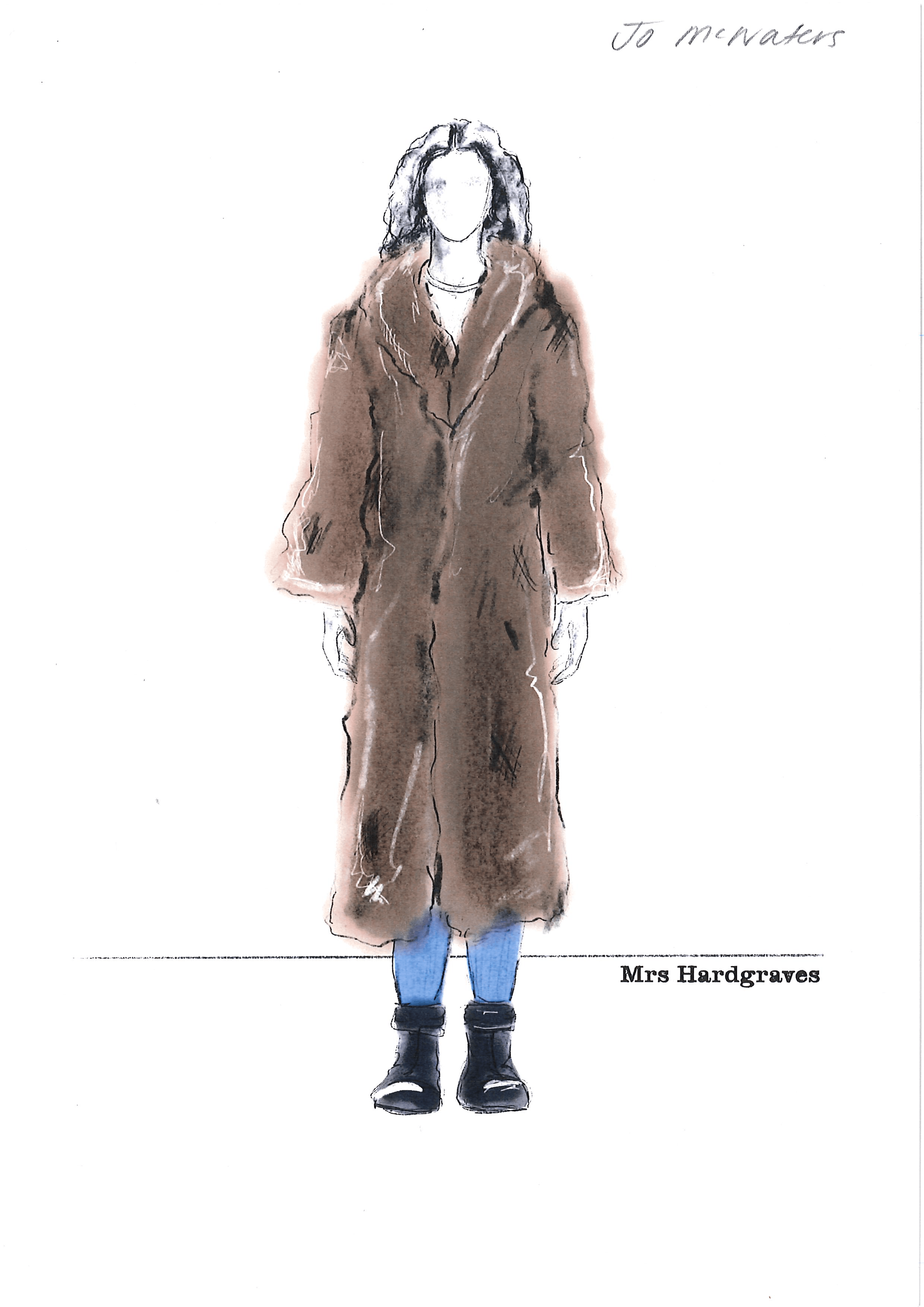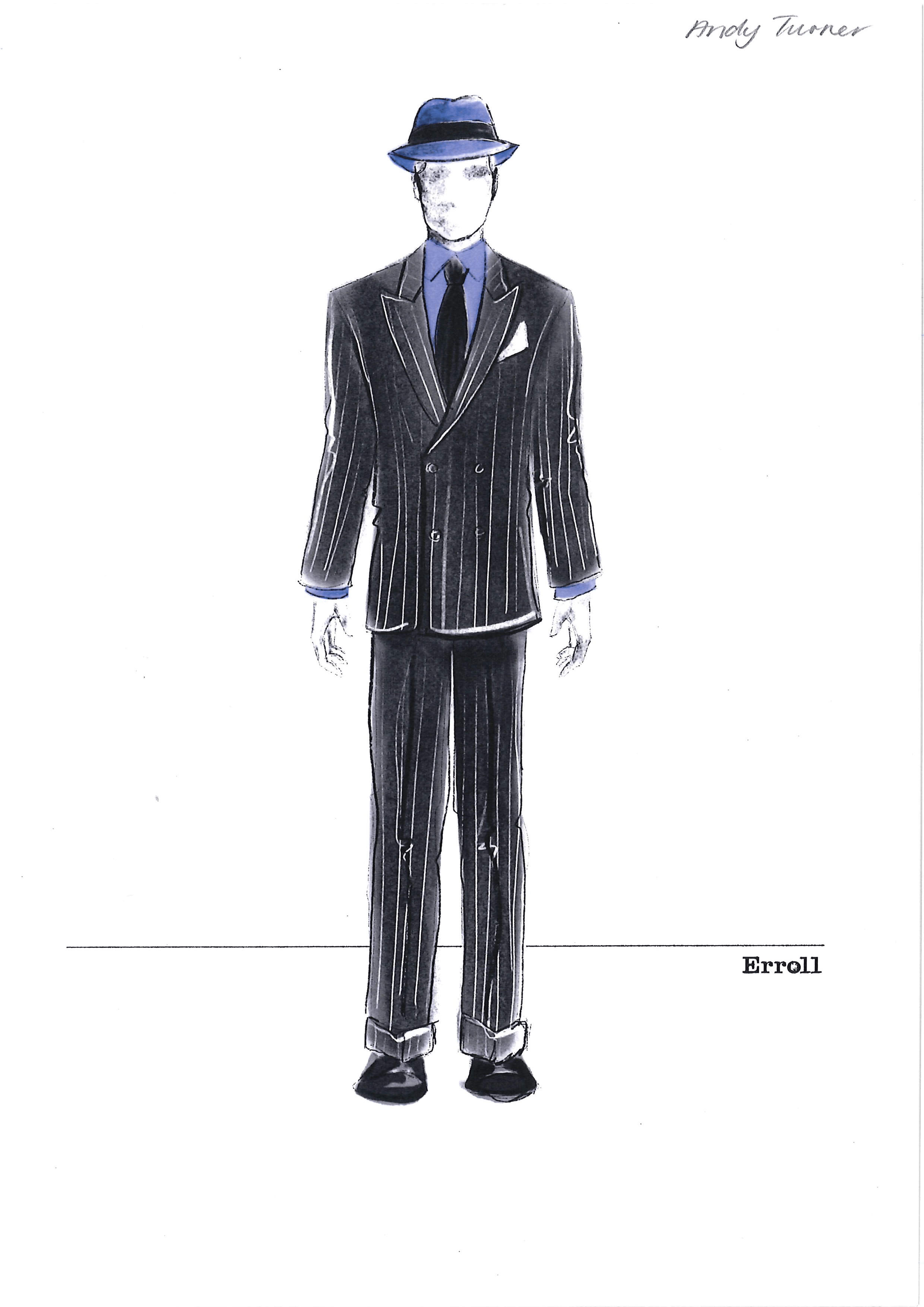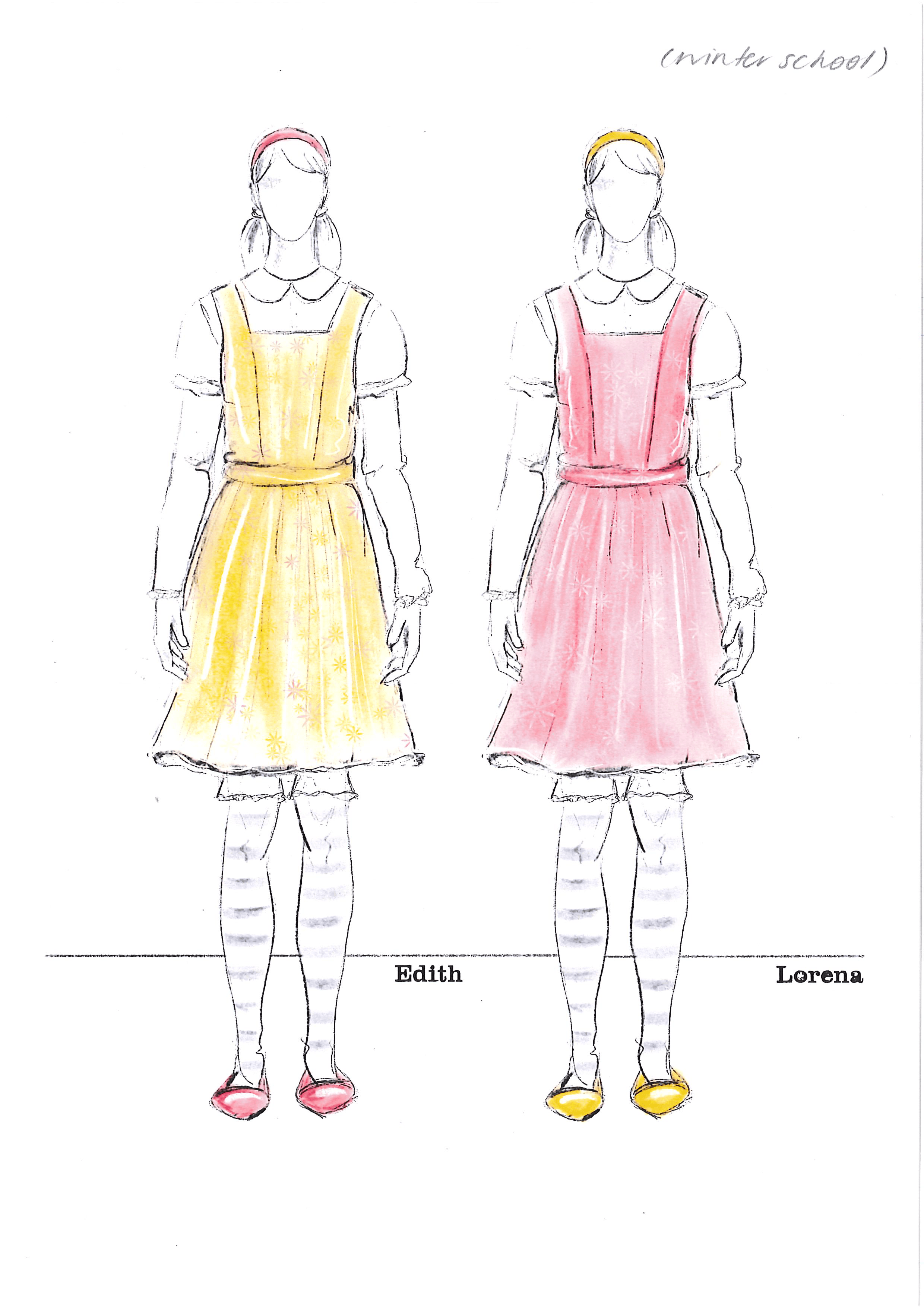”a timeless jumble of contemporary and historical references drawn from Dodgson’s life and his fictional works.
Simone Romaniuk
Central to the playground is Dodgson’s apartment, which in this world is the cubby house. Filled with puzzles and games with a chessboard floor, the cubby house rises above the playground space, separating Dodgson and Carroll from the other characters. As the place where Dodgson created his characters, poems, stories and inventions, this house holds all the magical tricks, toys and games that the Boojum! characters play with throughout their journey.
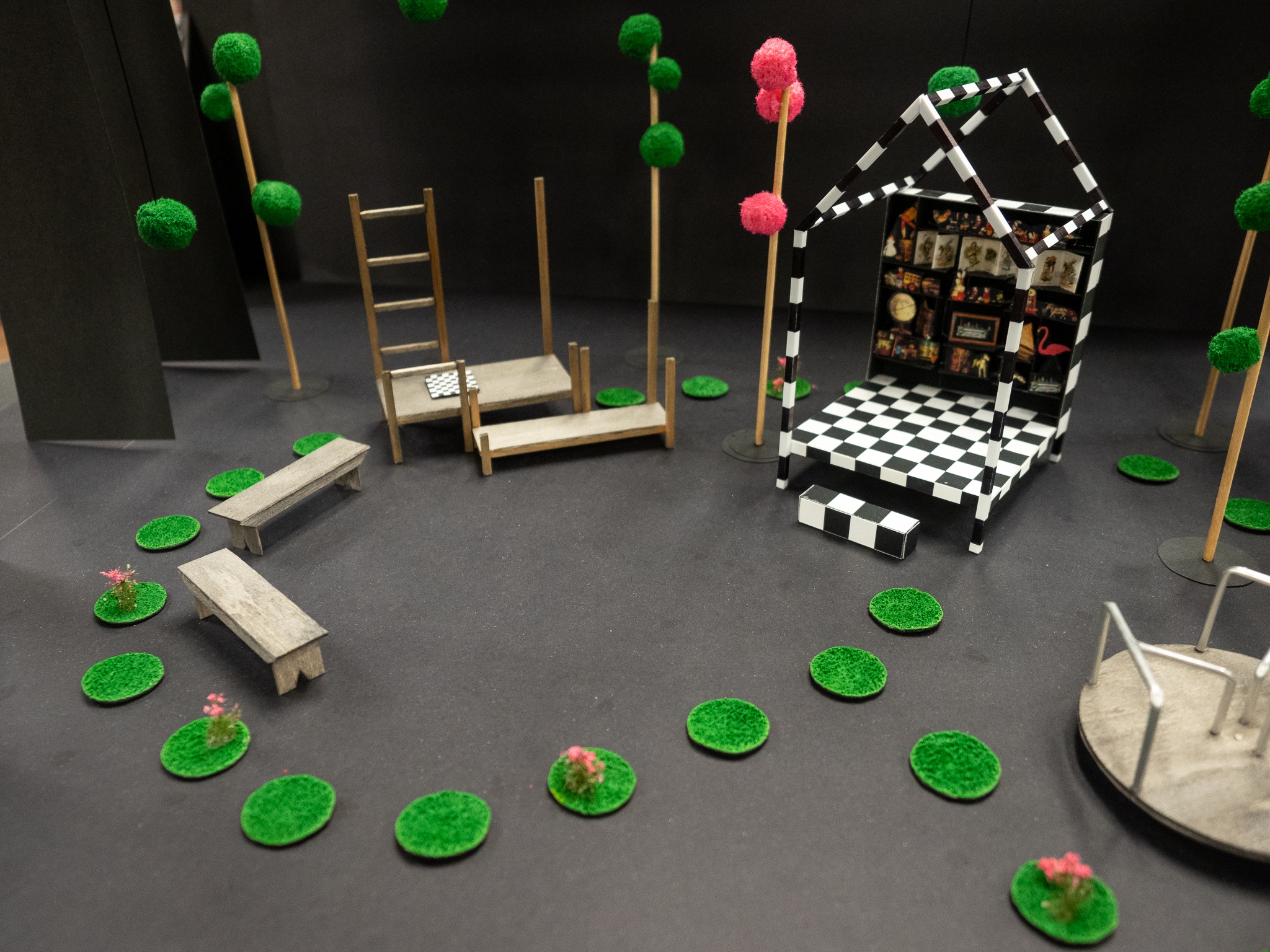
Fragments of trees, flowers and grass stepping stones are scattered throughout, as though partially remembered fragments of a childhood garden.
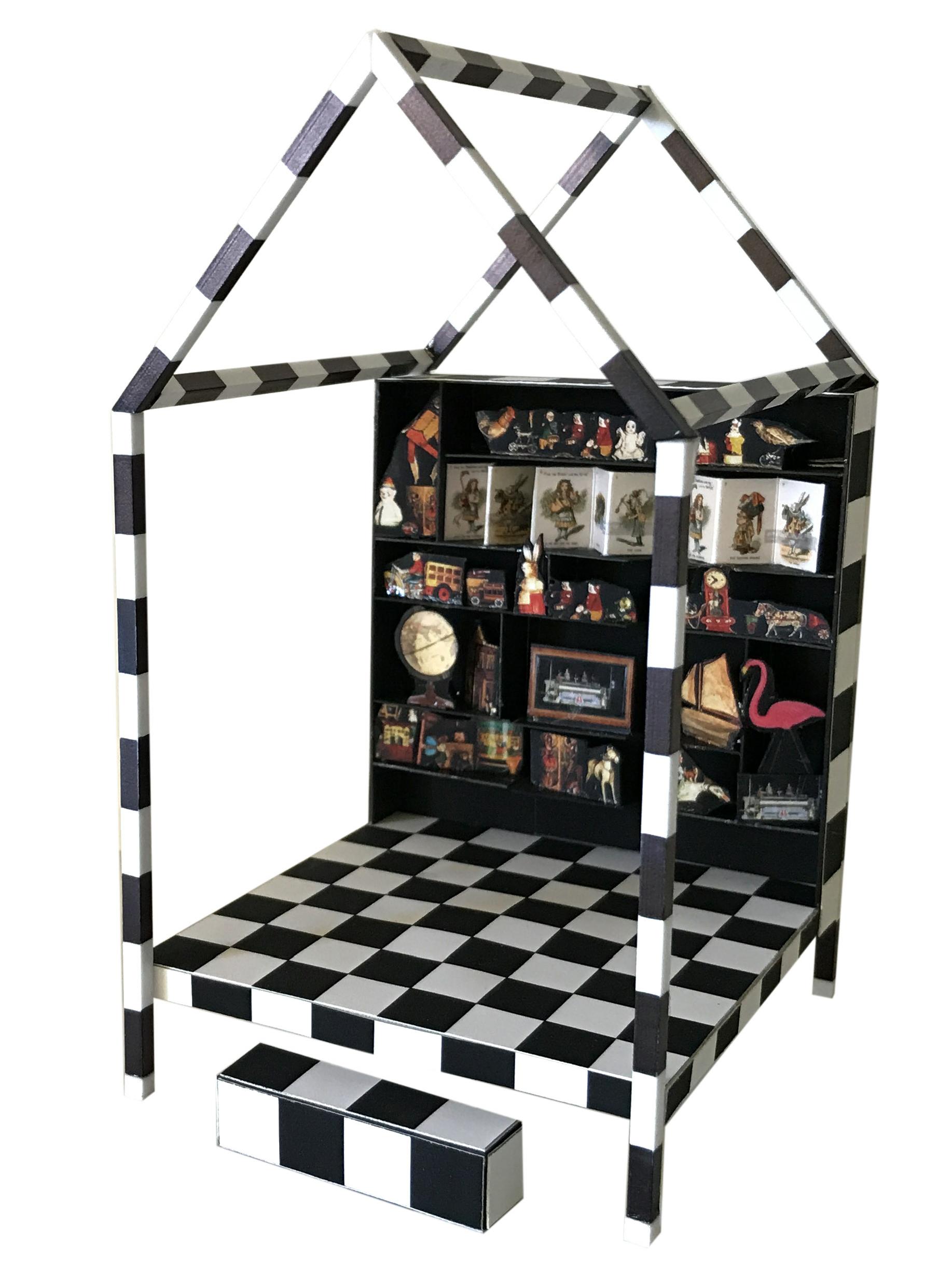
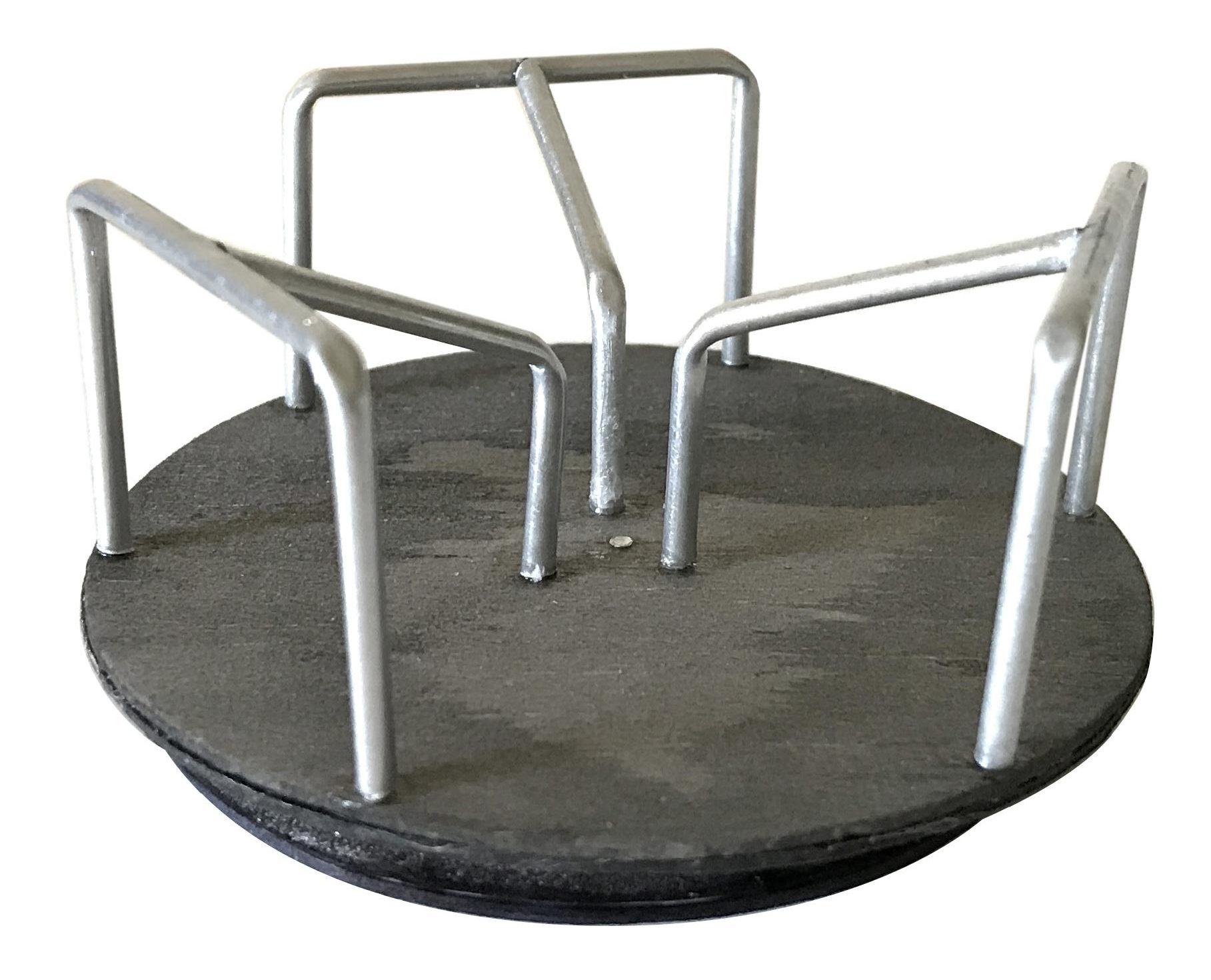
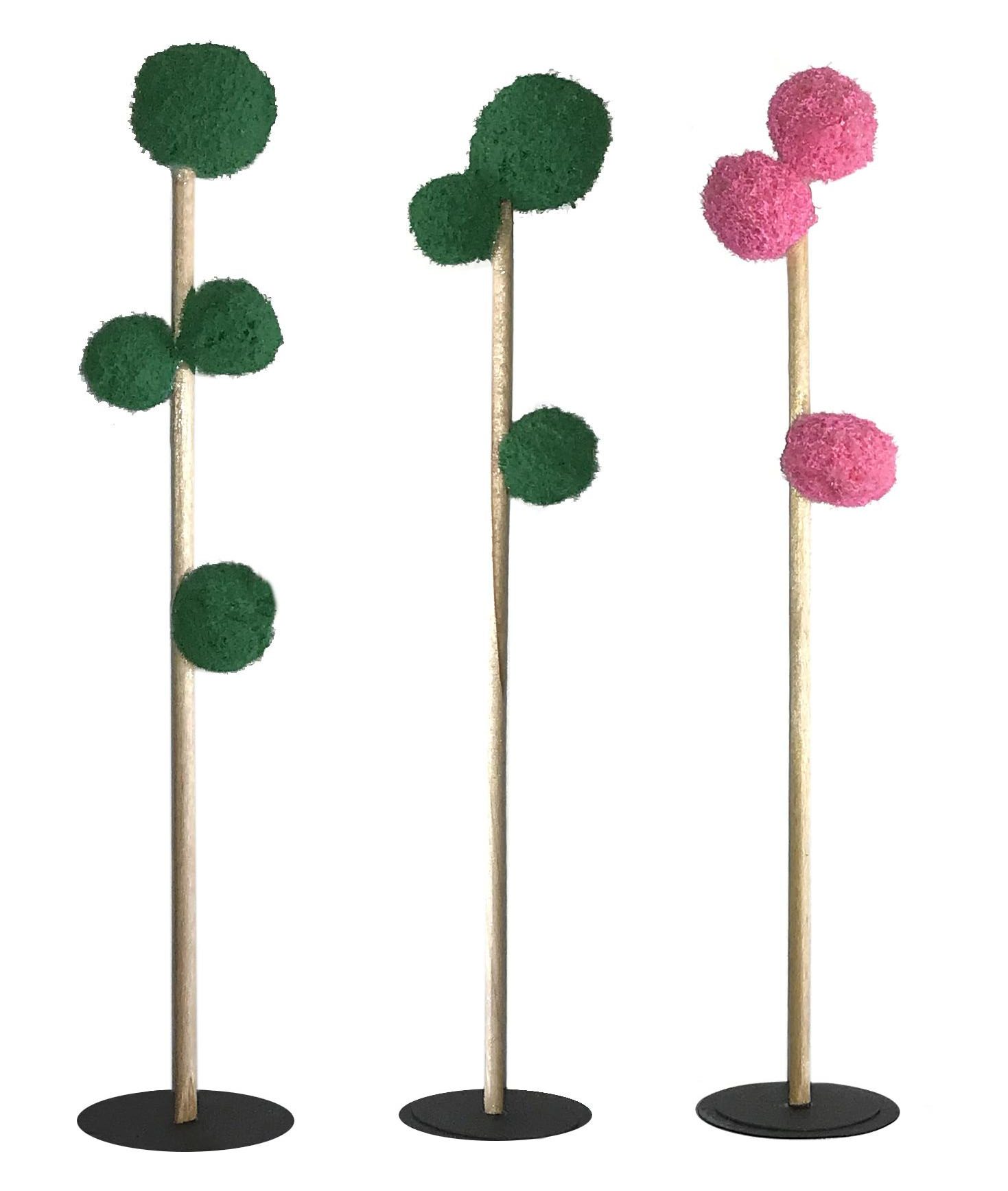
Like Charles Dodgson and Lewis Carroll, they are simultaneously imaginary and real, fading from memory and becoming more vivid in the imagination with the passing of time.
